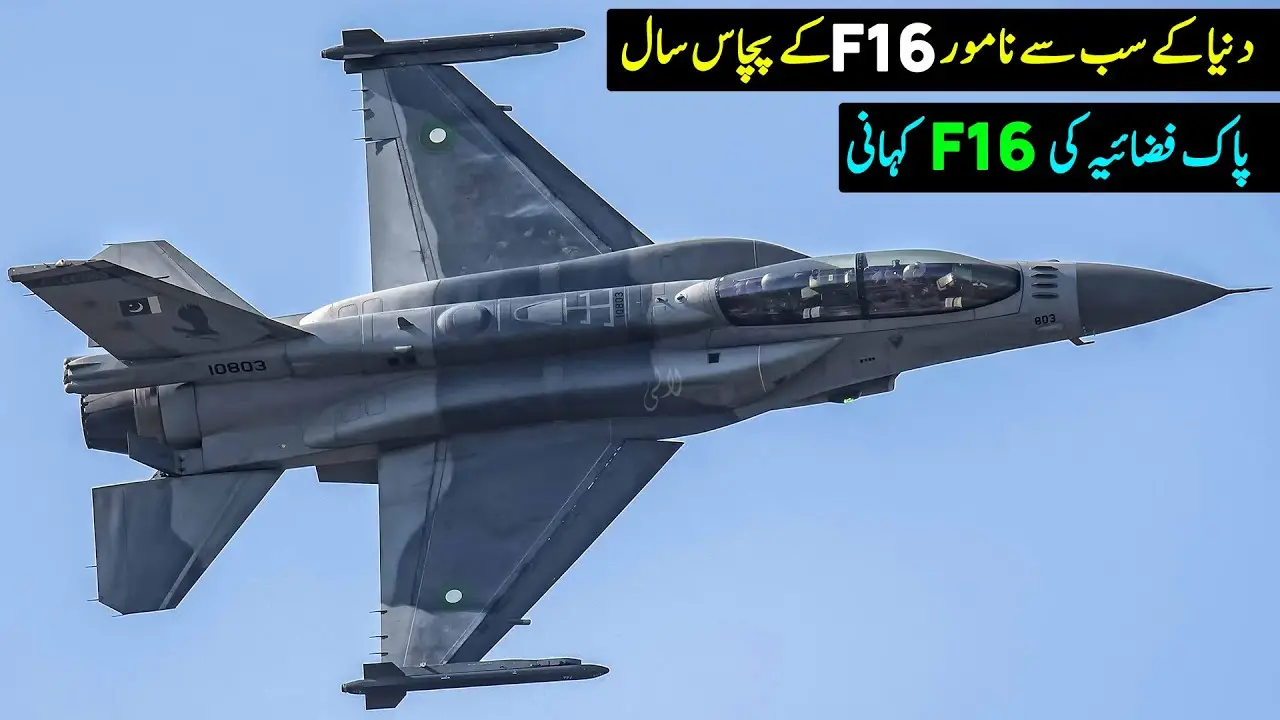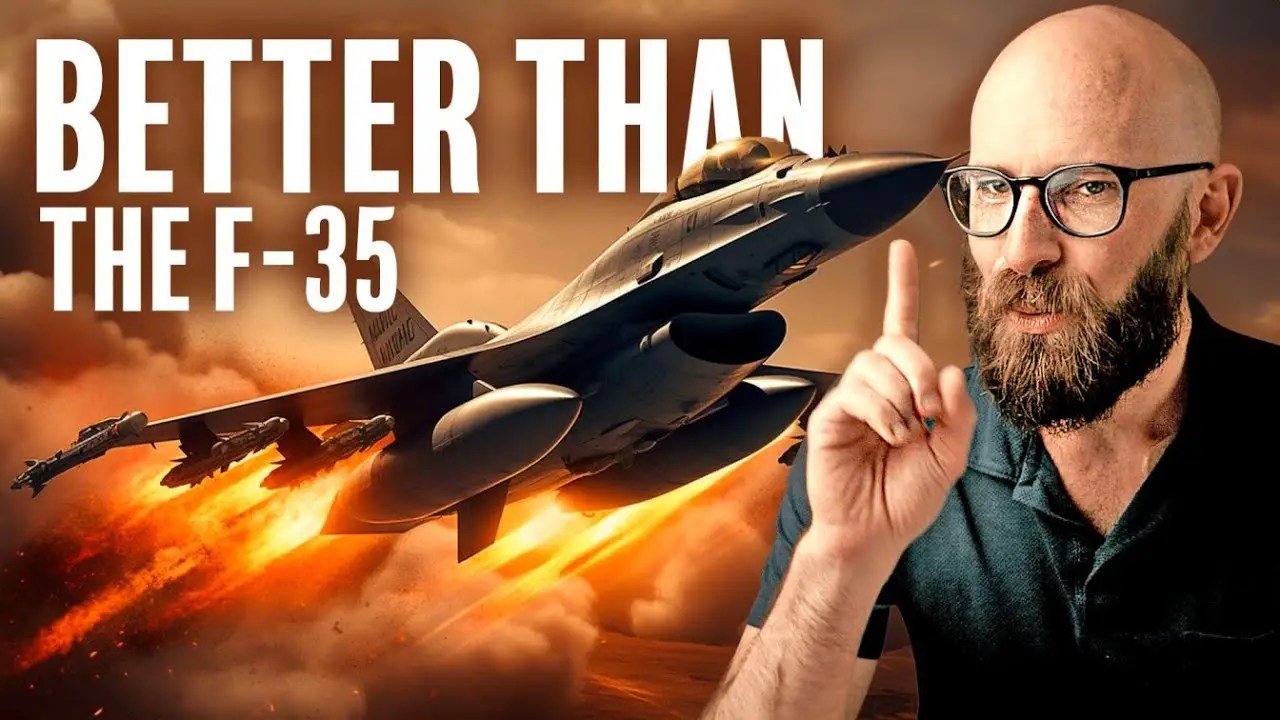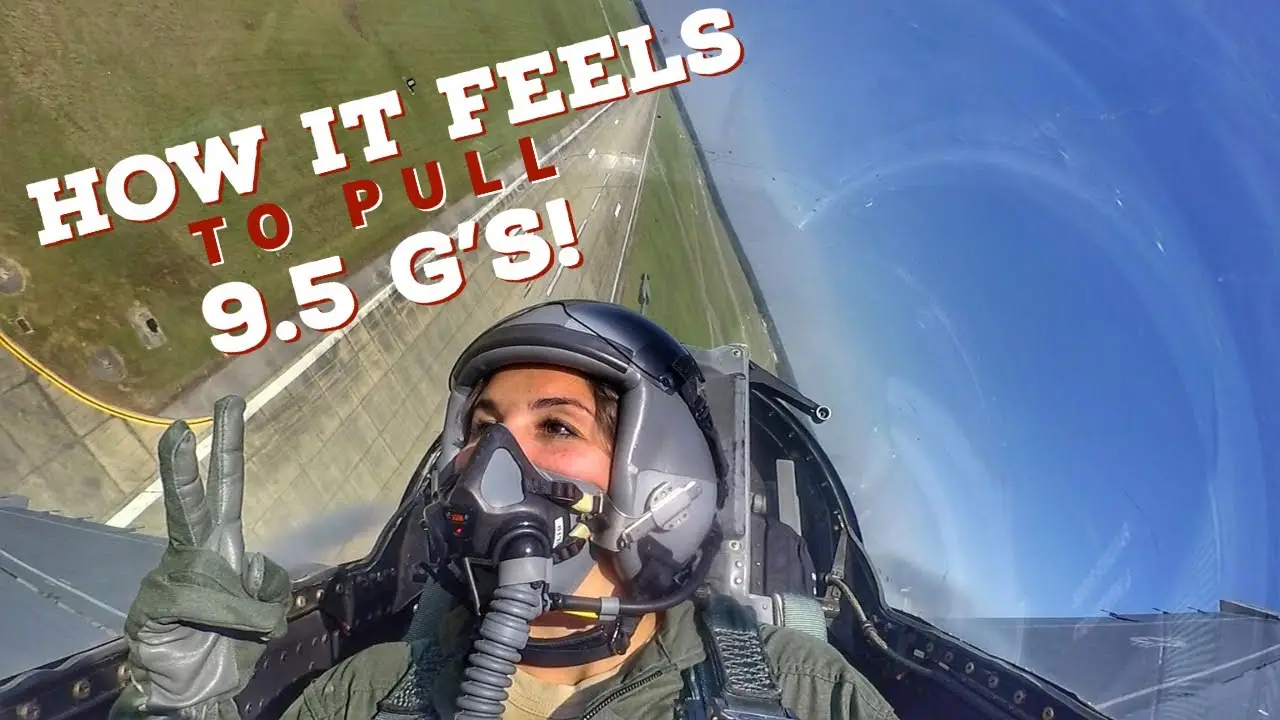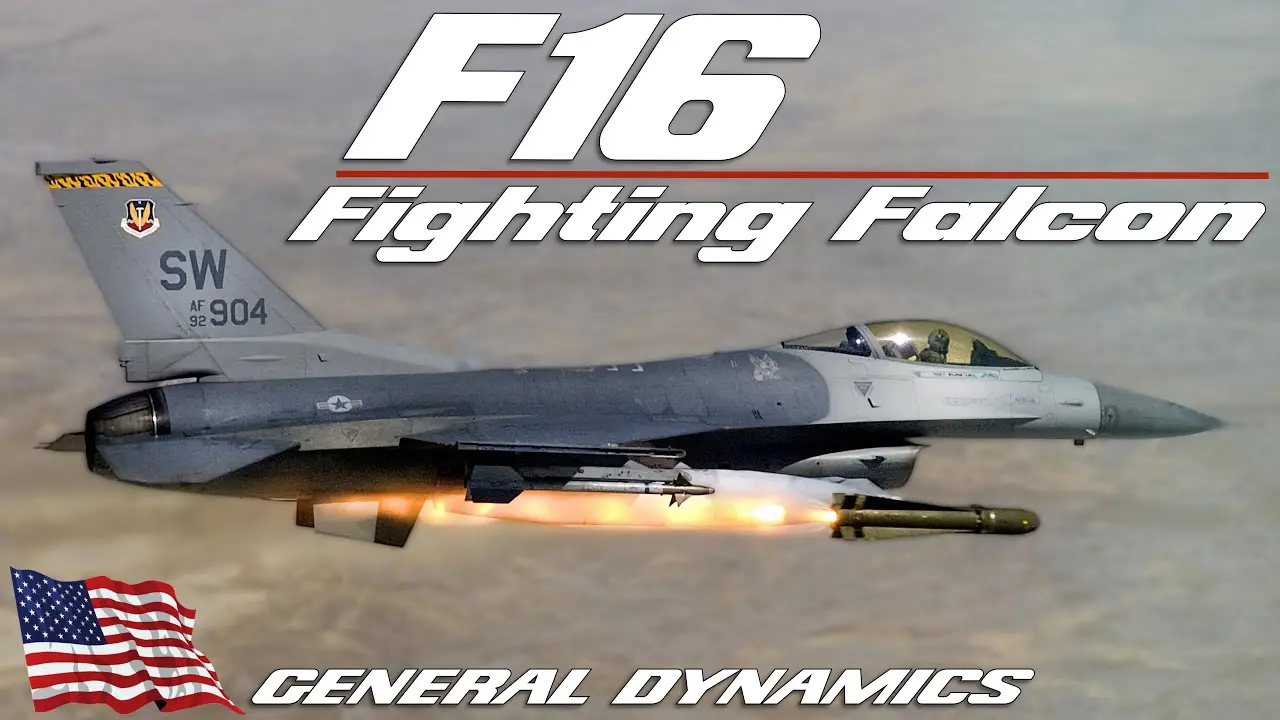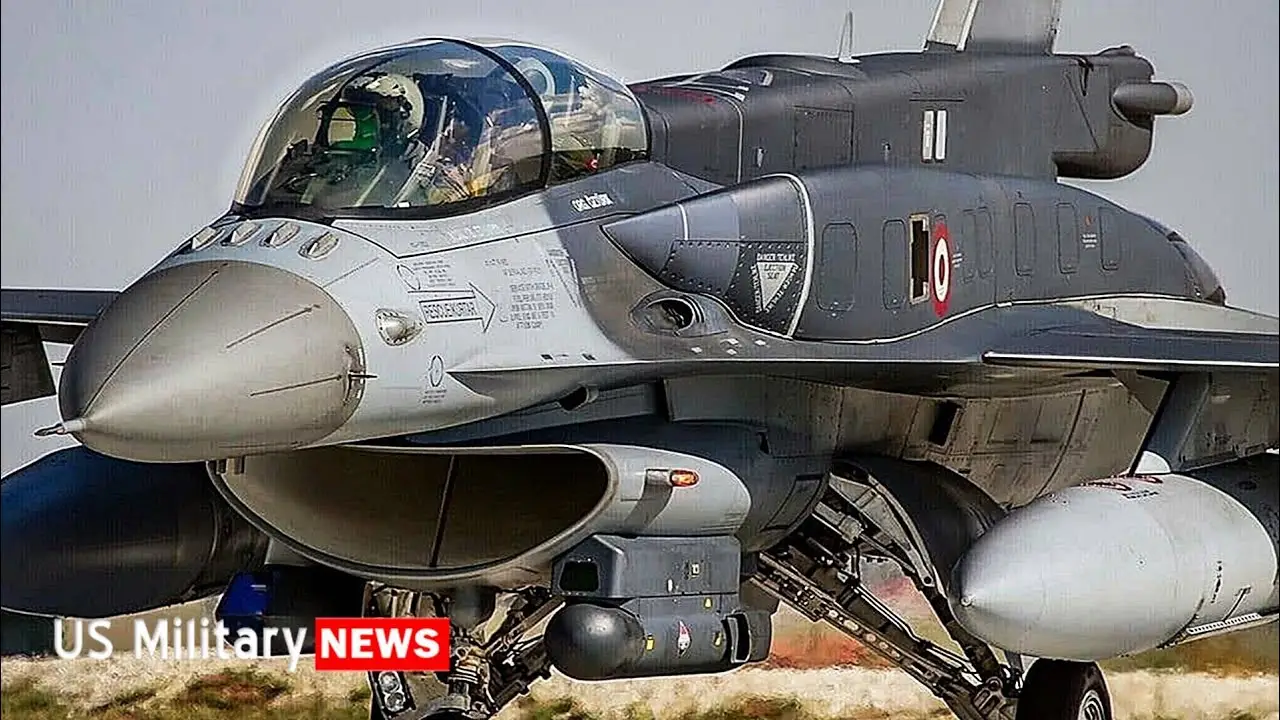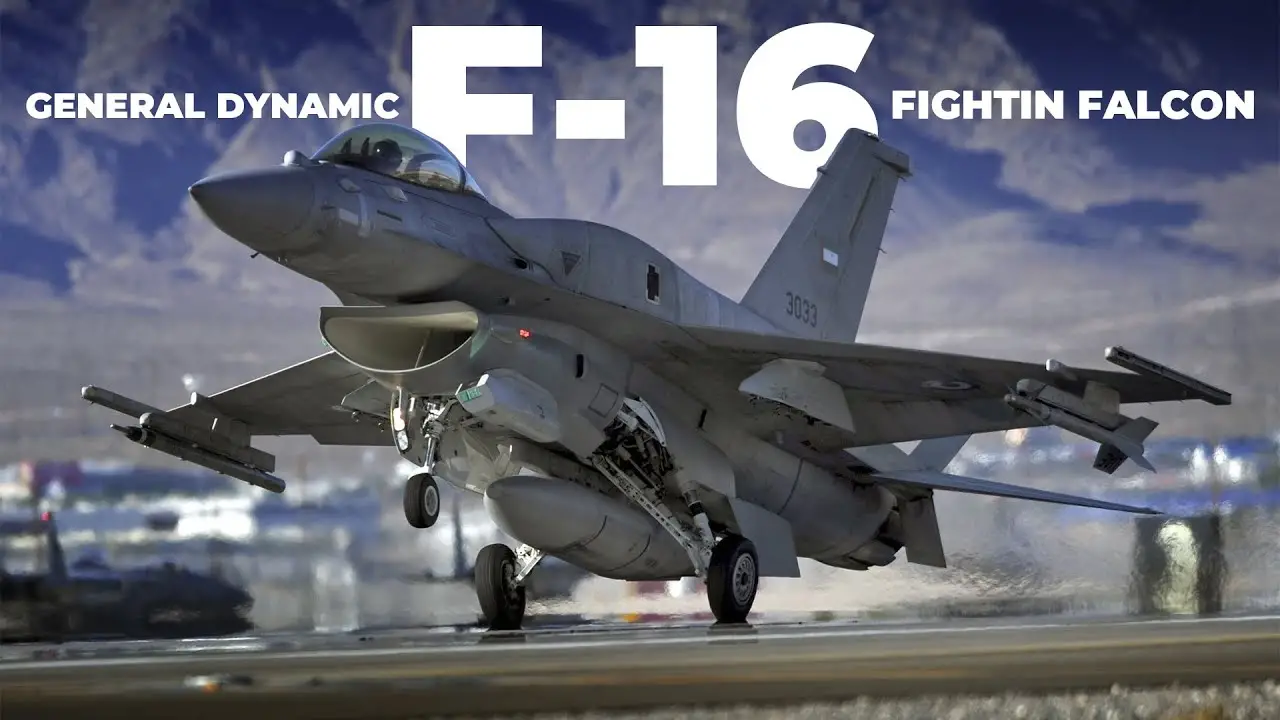F16 Fighter Aircraft An In-Depth Exploration of an American Legend
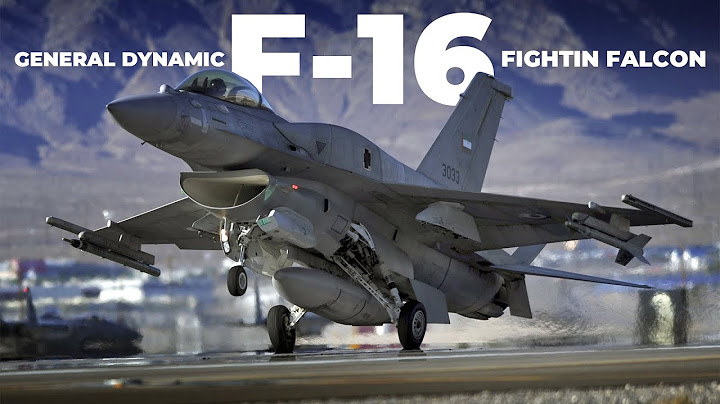
The F16 Fighting Falcon is a symbol of American military might, known for its exceptional performance and versatility. With its sleek design and advanced technology, the F16 has become a mainstay in air forces around the world. In this article, we will take an in-depth look at the history, design, capabilities, and future of the F16 fighter aircraft.
Introduction to F16 Fighter Aircraft
The F16 Fighting Falcon, also known as the “Viper”, is a single-engine, supersonic fighter jet developed by General Dynamics (now Lockheed Martin) for the United States Air Force. It was designed as a lightweight, multirole fighter to replace the aging F-4 Phantom II and complement the larger F-15 Eagle. The F16’s first flight took place in 1974, and it entered service with the USAF in 1979.
The F16 has been continuously upgraded and improved over the years, with over 4,600 units produced and exported to 25 countries. Its success can be attributed to its superior maneuverability, advanced avionics, and impressive combat record. Let’s delve into the history of this iconic aircraft.
History of the F16 Fighter Aircraft
The origins of the F16 can be traced back to the Vietnam War, where the U.S. Air Force realized the need for a highly maneuverable fighter to counter the agile North Vietnamese MiGs. In 1972, the Lightweight Fighter program was launched, with the goal of developing a small, low-cost, high-performance fighter.
General Dynamics’ YF-16 prototype was selected as the winner of the competition in 1975, beating out Northrop’s YF-17. The first operational F16s were delivered to the USAF in 1979, and the aircraft quickly gained a reputation for its exceptional performance and combat effectiveness.
Over the years, the F16 has undergone numerous upgrades and variants to keep up with evolving technology and changing military needs. Let’s take a closer look at the design and specifications of this legendary fighter aircraft.
Design and Specifications of the F16 Fighter Aircraft
The F16 is renowned for its compact design, with a length of 49.5 feet and a wingspan of 32.9 feet. It is powered by a single Pratt Whitney F100 afterburning turbofan engine, generating up to 29,000 pounds of thrust. The aircraft features a blended wing-body design, incorporating a trapezoidal wing with leading-edge extensions and a delta canard for enhanced maneuverability.
The F16’s advanced avionics include a head-up display, multifunction displays, and a hands-on throttle and stick (HOTAS) system, allowing the pilot to control all weapons and sensors without taking their hands off the controls. The aircraft also features a fly-by-wire flight control system, which provides precise control and stability in all flight regimes.
The F16 is armed with an internal M61 Vulcan cannon and can carry up to 17,000 pounds of external ordnance, including air-to-air missiles, air-to-ground missiles, and precision-guided munitions. Its advanced radar and targeting systems allow it to engage targets beyond visual range and in all weather conditions.
Features and Capabilities of the F16 Fighter Aircraft
The F16’s exceptional maneuverability and advanced technology give it a significant advantage in air-to-air combat. Its ability to pull high G-forces and perform tight turns make it a formidable opponent in dogfights. The aircraft’s fly-by-wire flight control system allows it to execute complex maneuvers with ease, giving it an edge over other fighters.
In addition to its air-to-air capabilities, the F16 is also a highly capable air-to-ground fighter. Its advanced targeting systems and precision-guided munitions allow it to accurately strike ground targets, making it a valuable asset in close air support missions.
The F16’s versatility is further enhanced by its ability to perform reconnaissance missions with the addition of a Reconnaissance Pod (RECCE). This allows the aircraft to gather intelligence and provide real-time information to ground forces.
F16 Fighter Aircraft Variants and Upgrades
Over the years, the F16 has undergone numerous upgrades and variants to keep up with changing military needs and technological advancements. The most significant upgrade was the F-16C/D Block 50/52, which introduced improved avionics, a more powerful engine, and increased payload capacity.
Other notable variants include the F-16E/F Block 60, developed for the United Arab Emirates, and the F-16I Sufa, developed for the Israeli Air Force. These variants feature advanced avionics, including an Active Electronically Scanned Array (AESA) radar, and can carry a wider range of weapons.
In addition to upgrades, the F16 has also been used as a testbed for new technologies, such as the F-16XL, which featured a cranked-delta wing design, and the F-16V, which incorporates modernized avionics and sensors.
F16 Fighter Aircraft in Action: Military Operations
The F16 has seen action in numerous conflicts around the world, showcasing its exceptional capabilities and combat effectiveness. It played a crucial role in Operation Desert Storm in 1991, where it flew over 13,000 sorties and achieved a kill ratio of 40:1 against Iraqi aircraft.
The F16 has also been used extensively in recent conflicts, including Operation Iraqi Freedom, Operation Enduring Freedom, and Operation Inherent Resolve. Its ability to operate from short runways and austere locations make it a valuable asset in these types of operations.
The F16 has also been used by various air forces in peacekeeping and humanitarian missions, such as enforcing no-fly zones and providing disaster relief. Its versatility and reliability have made it a trusted ally in these types of operations.
Piloting and Training for the F16 Fighter Aircraft
Piloting an F16 requires extensive training and skill, as the aircraft’s advanced technology and high-performance capabilities demand a highly skilled pilot. The U.S. Air Force’s F16 training program is rigorous and includes classroom instruction, simulator training, and flight training.
The F16 is also used by numerous air forces around the world, each with their own training programs. However, most countries send their pilots to the U.S. for advanced training on the F16.
Maintenance and Support for F16 Fighter Aircraft
Maintaining and supporting the F16 is a complex and ongoing process. The aircraft requires regular maintenance and inspections to ensure its optimal performance and safety. The U.S. Air Force has a dedicated team of maintenance personnel who are responsible for keeping the F16 fleet mission-ready.
In addition to maintenance, the F16 also requires support in terms of spare parts, upgrades, and technical assistance. Lockheed Martin, the current manufacturer of the F16, provides these services to the U.S. and other countries that operate the aircraft.
Comparison of F16 with Other Fighter Aircraft
The F16 has often been compared to other fighter aircraft, such as the F-15 Eagle, F/A-18 Hornet, and the Eurofighter Typhoon. While each aircraft has its strengths and weaknesses, the F16 stands out for its exceptional maneuverability, advanced avionics, and versatility.
The F16’s smaller size and single-engine design give it an advantage in terms of cost and maintenance. It also has a lower radar cross-section, making it more difficult to detect by enemy radar. However, its smaller size also means it has a limited payload capacity compared to larger fighters.
Future of F16 Fighter Aircraft
The F16 has been in service for over 40 years and is still going strong. With continuous upgrades and improvements, the aircraft is expected to remain in service for many more years. The U.S. Air Force plans to keep the F16 in service until at least 2048, with ongoing upgrades and modernization efforts.
In addition to the U.S., other countries are also investing in upgrading their F16 fleets. For example, the Republic of Korea Air Force is upgrading its F-16s with new avionics and weapons systems, extending their lifespan and capabilities.
Conclusion
The F16 Fighting Falcon is an iconic American fighter jet that has left an indelible mark in the annals of aviation history. Its exceptional performance, advanced technology, and versatility have made it a mainstay in air forces worldwide. With continuous upgrades and improvements, the F16 will continue to be a formidable war machine for many years to come.
The Fascinating Life Story of Lisa Marie Presley From Her Early Years to Her Impact on Pop Culture



